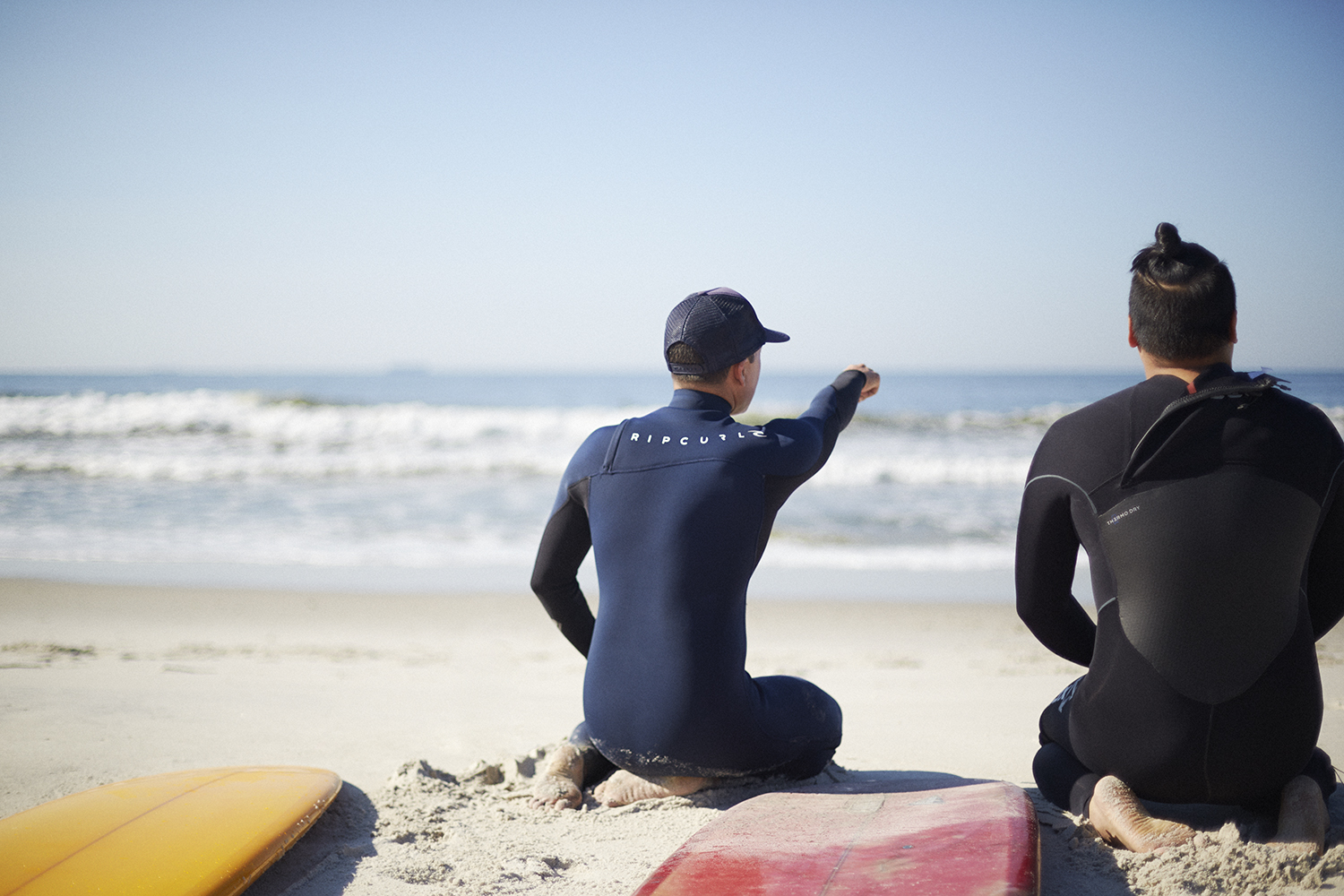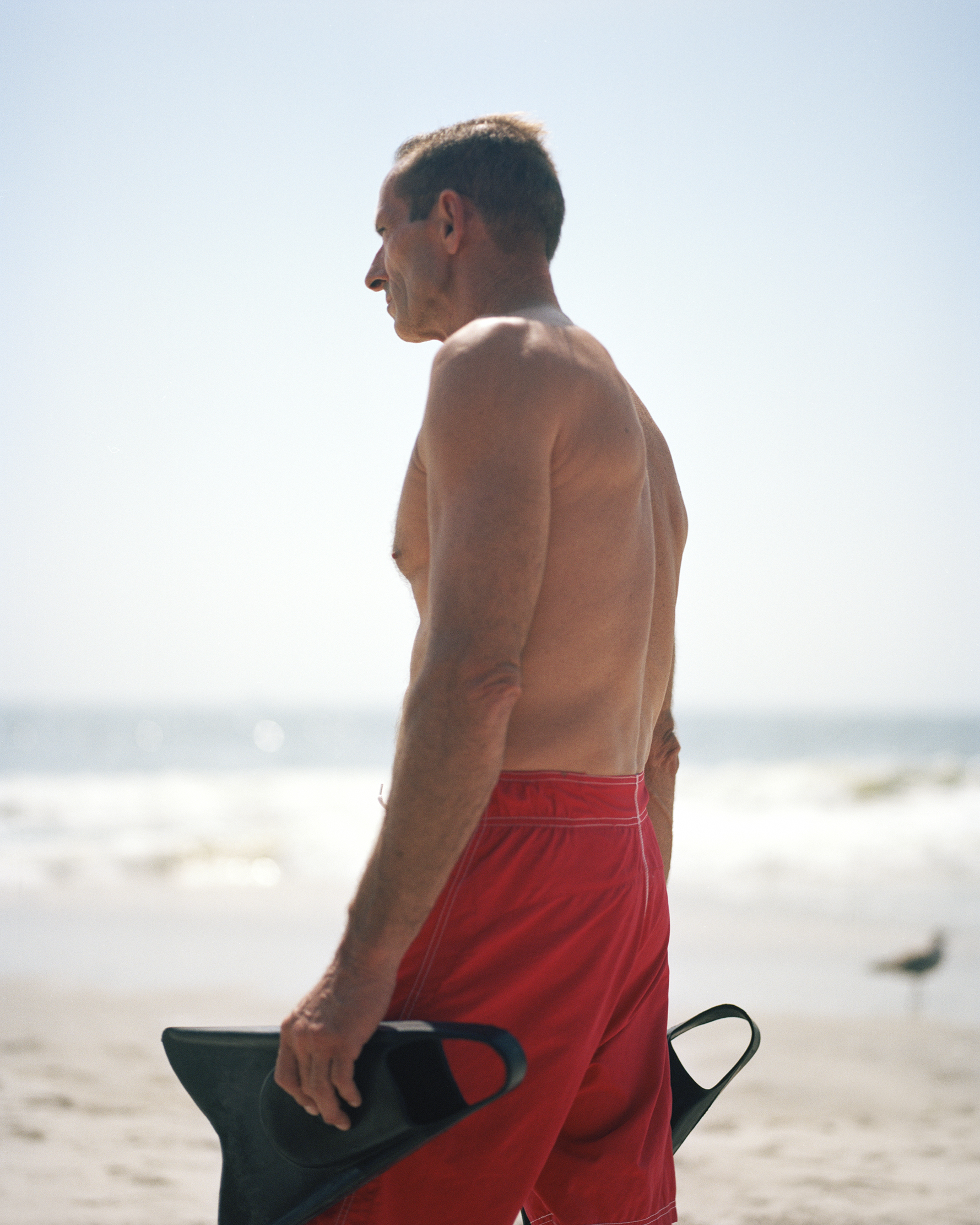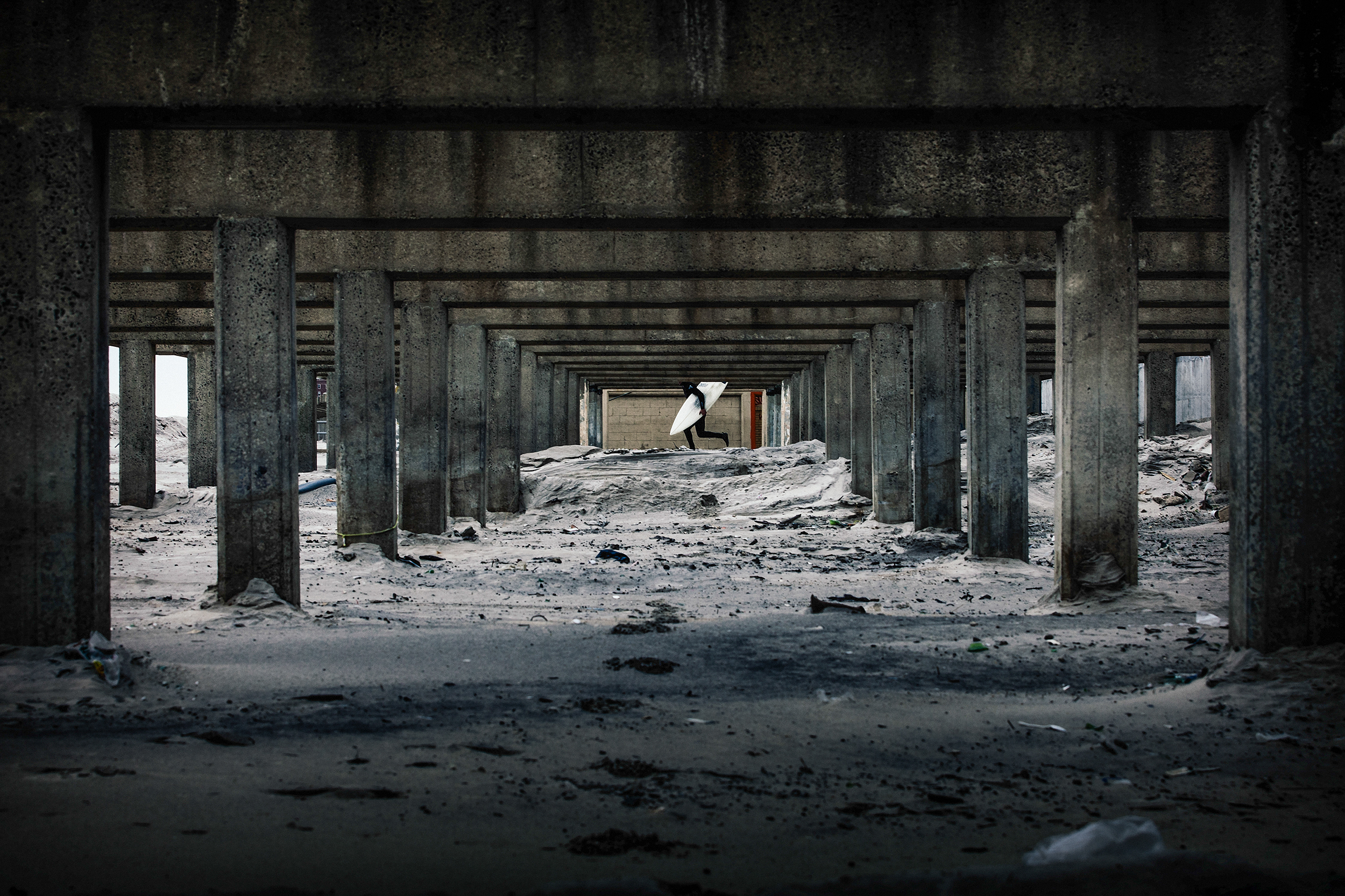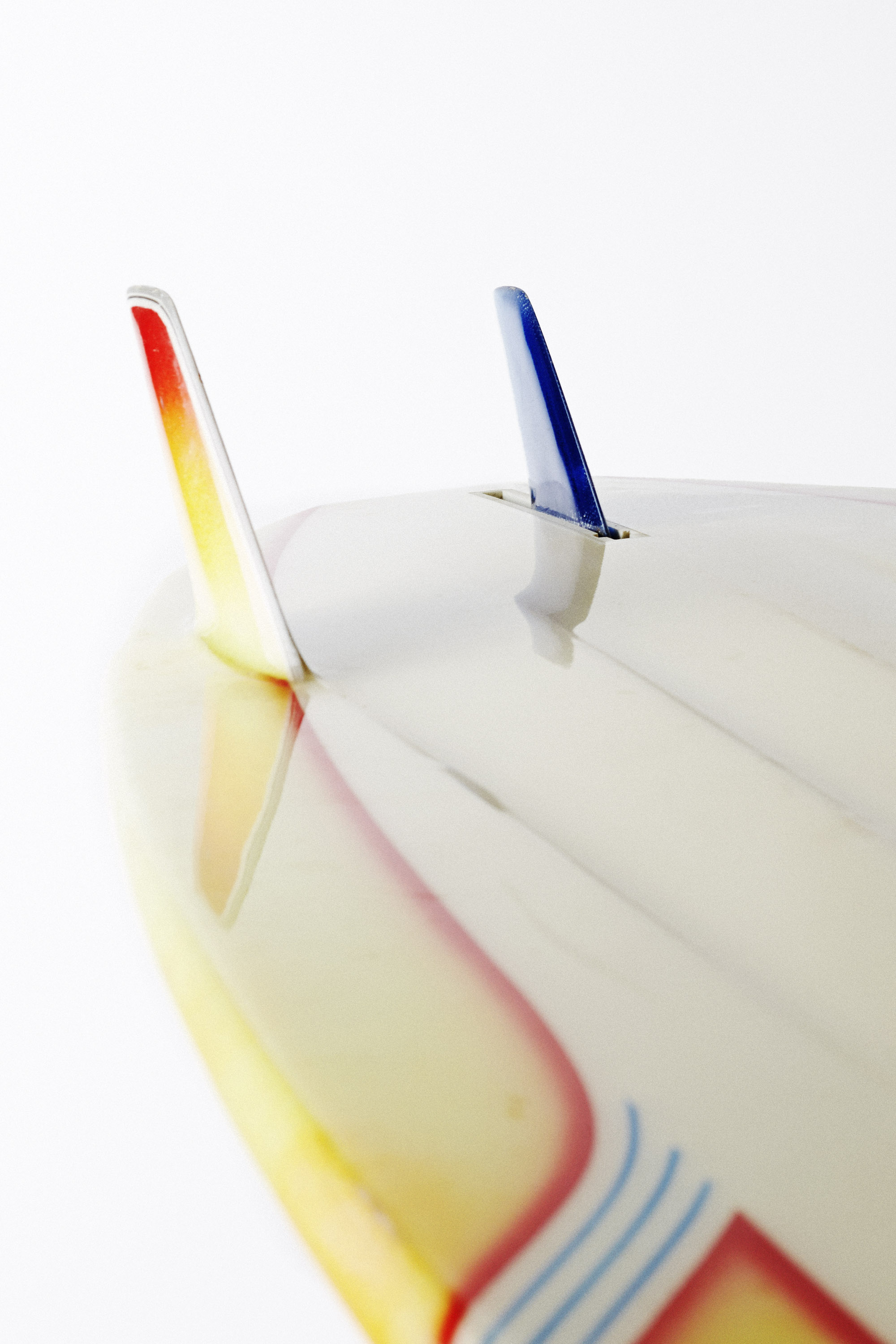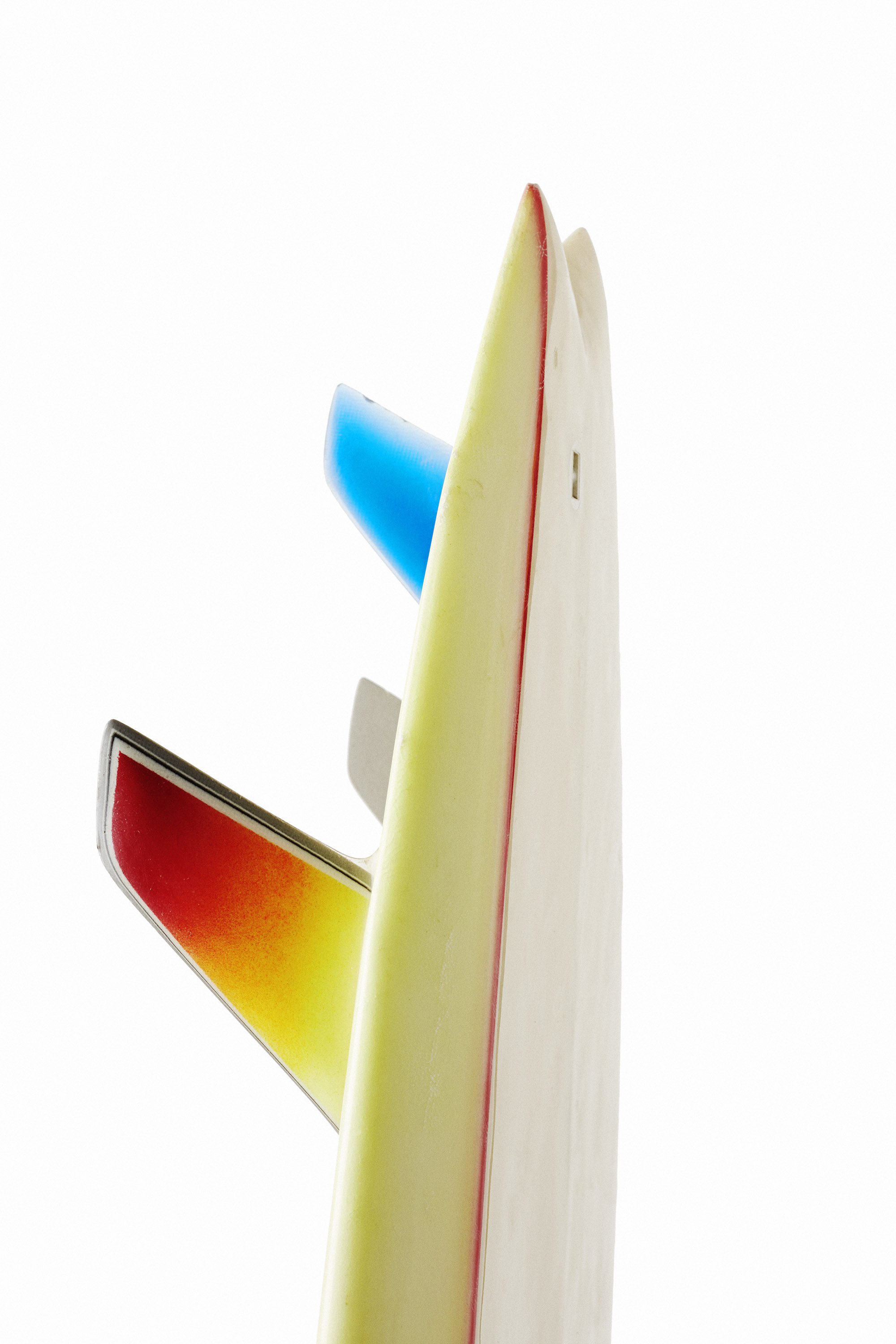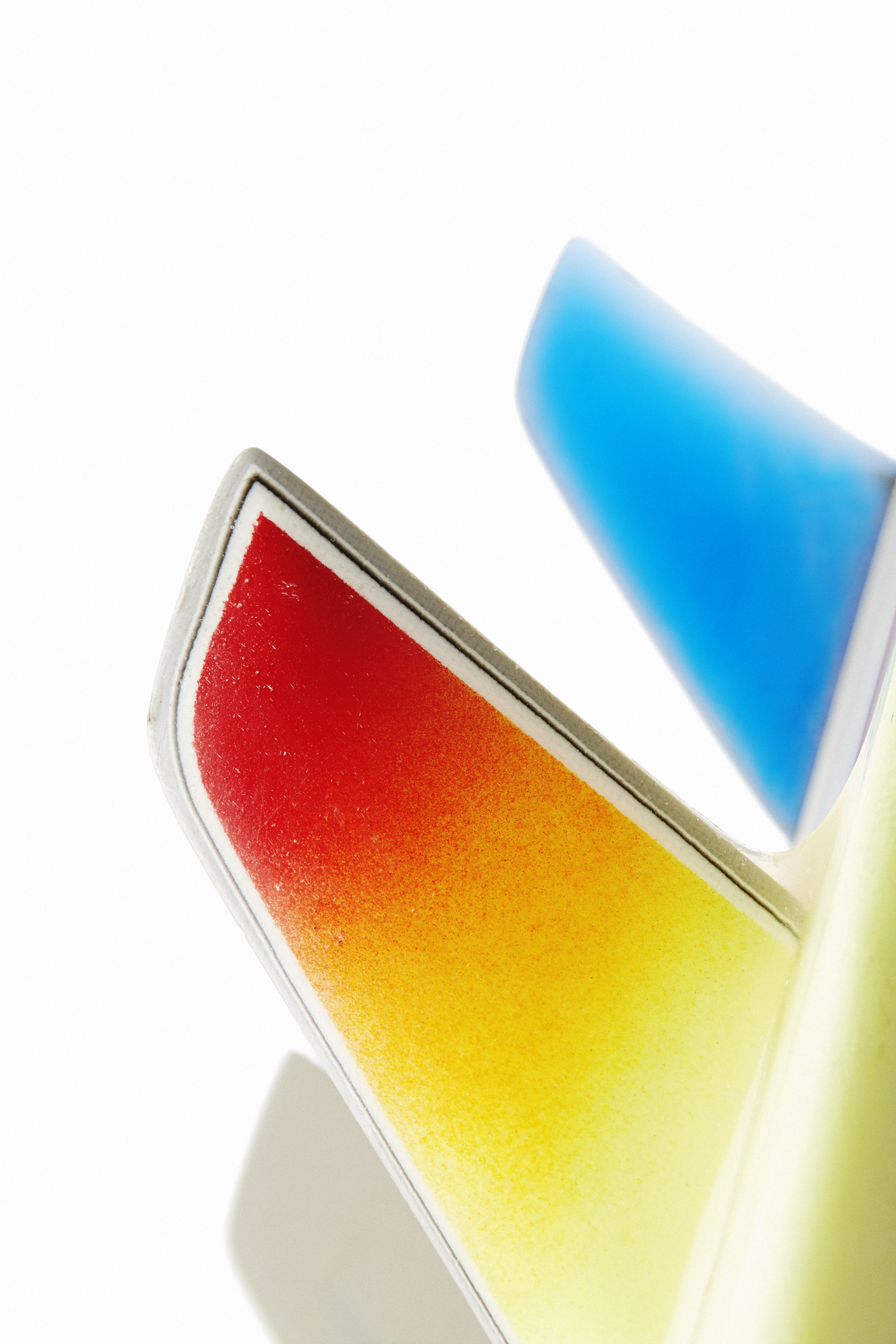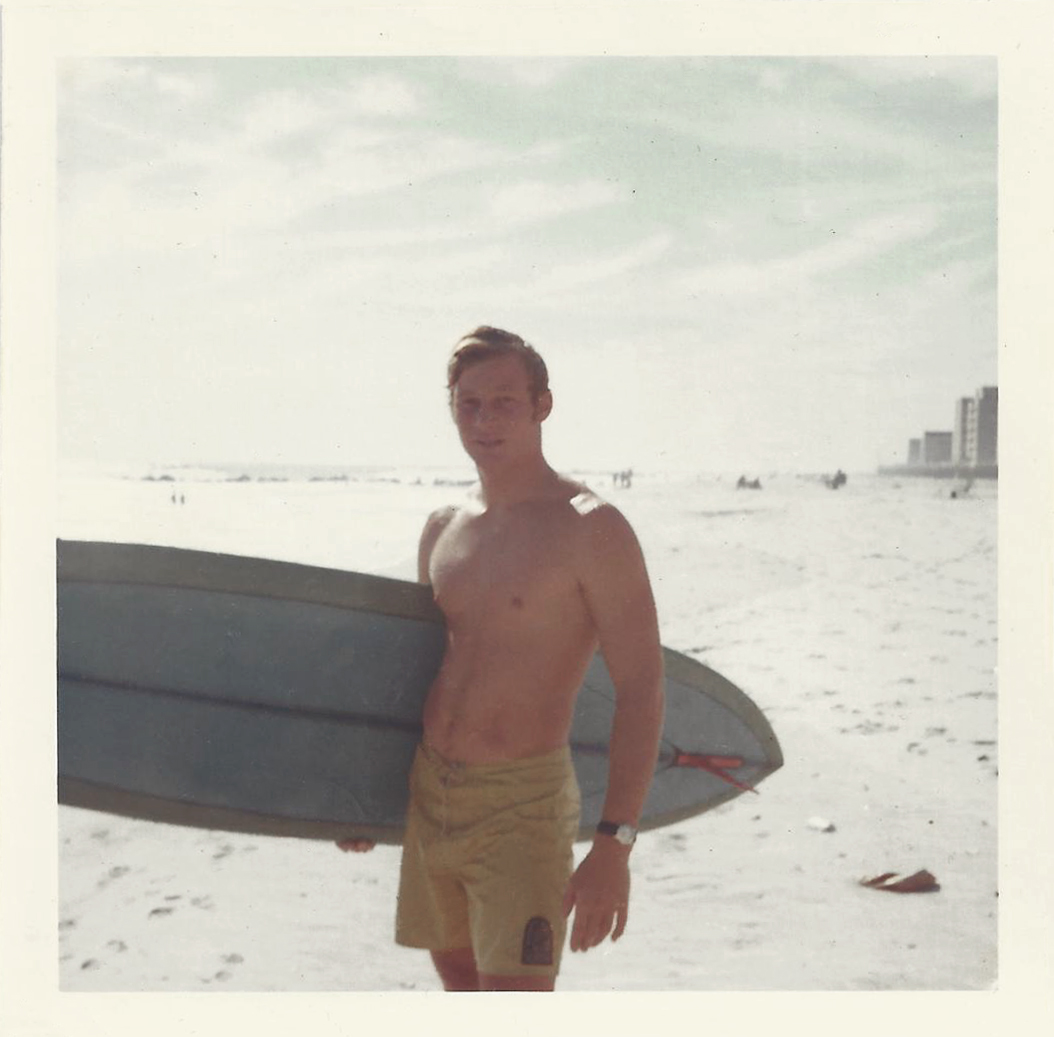If you’re a ocean-going soul and you’re not already aware of an organization called The Surfrider Foundation, it’s about time you got an introduction.
In its own words, Surfrider is dedicated to the protection and enjoyment of the world's ocean, waves and beaches through a powerful activist network.
Under the banner of this mission, Surfrider is focused on five key initiatives: to ensure public beach access, promote clean water, fight against plastic pollution, protect the ocean and preserve the coastlines around the US. It’s a tall order, but as the saying goes: it’s not the size of the dog in the fight, it’s the size of the fight in the dog.
To learn more about the critical and complex work Surfrider does on our behalf, we dropped a line to John Weber, Surfrider’s Mid Atlantic Regional Manager.
Weber grew up in Bergen County, New Jersey. His grandmother had a beach house on Long Beach Island, were he caught the surf bug during long school summers. After some time away from the ocean at college in Virginia, he found his way back to the Jersey Shore where he’s lived ever since. We asked how John became involved with Surfrider.
“A few years out of college, in the early 90s, I went to this classic longboarding event with a friend. Surfrider had a table there and they invited us to attend a chapter meeting later on. After we surfed my friend wasn’t interested in going to the meeting, but I decided to go along and learned more about what Surfrider does. I was interested in helping out, and started going to the chapter meetings regularly. They gave me things to do like tabling at surf contests and concerts.”
Weber took up a day job organizing professionally for NJ Citizen Action - a not-for-profit that fights for social, racial and economic justice. He continued volunteering for Surfrider, taking on more responsibility as time went on.
In 2005, Surfrider brought on a new CEO and restructured to operate regionally. The organization began searching for full-time regional managers to help organize the dozens of chapters in every corner of the US. Weber’s professional background in not-for-profit organizing meant he was perfectly poised to take on the role. He became the first Surfrider employee on the East coast, and has now worked there for 13 years.
Somewhat uniquely, Surfrider measures its impact by the number of victories it wins when pitching itself against politicians and businesses whose actions could harm the ocean or the coast. Though the organization is largely comprised of volunteers, this simple indicator of success helps Surfrider to stay focused in its efforts and to learn lessons from each campaign that can be applied to the next - even when the next campaign may involve new volunteers or take place in a different part of the country. These guys really understand how to win a political fight.
We asked Weber about the actual process involved in legislative battles. “My role has a practical function, in that a lot of hearings and meetings take place in the middle of the day. Volunteers are generally at work during the day, so I go to the meetings, cover them and provide input. I answer a shit-ton of emails and have a lot of conference calls! My goal is to try to organize support for a specific position or idea so it’s all in one place. This way our voice is more powerful and impactful. I’m not running around trying to convert people who don’t believe in a particular point of view. You’d be exasperated trying to convert them! It’s a matter of getting people who already agree to do something.”
Surfrider’s power to effect change and protect coastlines and oceans depends on its activist network. “We’re not doing this through high-priced lobbyists in D.C,” Weber explained. “At a local level politicians care about whether people are going to vote for them. We train volunteers so that when they do stand up in front of a town council, they’ve got the science and the speaking skills to make the case in their communities for protecting the coast and the beaches. We invest a lot in that training - that’s how we rack up the victories. We do it without spending lots of money. We can make a big difference with three people turning up at town hall meetings and speaking a few times.”
We asked Weber about where the work of Surfrider intersects with climate change, especially in an era of unprecedented environmental threat and climate change denial.
“On climate change, Surfrider has a unique position. We recognize that it’s an underlying factor - what we see happening on our beaches and in our oceans all relates to climate change, but we’re not working on the emissions end of the problem. Someone wants to put up a seawall. Why? The water level is rising and the beach is eroding - that’s climate change, but we’re at the table with insurance companies, real estate developers and risk assessors. We’re not going to convince them with charts and graphs about global warming. We’ll convince them with the dollars and cents: ‘You will lose money.’ That makes it easier for people. Also, we keep our work local and grassroots: ‘Your local beach is disappearing and here’s a plan to protect the private property.’ If they love the beach, they’re in - we had them at ‘beach’. People can actually see the local manifestations of that work.”
Of all the challenges faced under Surfrider’s broad remit, we wanted to know the most pressing issues for the East Coast region Weber manages.
“Oil and gas affects the whole East Coast, so it’s number one to me,” Weber said. “In this region and for the NYC chapter, the Williams Transco Pipeline is a big one - it’s coming from New Jersey and multiple chapters are affected. NYC is doing an incredible job on that right now, and it feeds into the bigger climate change debate. When we’re fighting the fossil fuel industry, it’s never about the facts. We can win the fight because of power, because we have amassed an amount of power politicians can’t ignore. I can get more votes by bringing in the wind energy people, because it’s about creating a new industry.”
Another issue at the top of Weber’s list is plastic pollution in the ocean. The scale of this problem has come to the fore in recent years with scientific documentation of the mind-boggling Atlantic and Pacific gyres, swirling with slowly-degrading plastics that are working their way into the food chain.
“It’s a reminder that we’re not paying attention and we’re mucking the place up. Who wants to go surfing with a bunch of plastic crap in the ocean? Surfrider has been working on it for over ten years, and a newer offshoot is our ocean friendly restaurant program, with a goal of serving 500,000 plastic-free meals. Hundreds of restaurants have registered for that program. As seemingly the whole world has changed its attitude about plastic straws, one of the requirements for participating restaurants is ‘straws on request’ - i.e. for people who actually need them. You can live your entire life with a reusable coffee cup and a reusable water bottle. This kind of programmatic work is never really done - there is nobody on the opposing side fighting against you. Millenials are more on this than older generations for sure. Young kids just get it - it hurts animals!”
Finally, we asked how Weber stays motivated when this line of work can seem like an endless uphill battle.
“The legendary environmentalist John Miur said, ‘All the victories are temporary and all the losses are permanent.’ I don’t know why I’m hopeful. There seem to be more losses than victories, but I’m super motivated by the volunteers that come out of the woodwork - they have plenty of passion. Because people continue to come forward and take a basic step like helping with a beach cleanup or leading an action, I continue to be hopeful.”
We'd like to thank John Weber for taking the time to educate us about the important work Surfrider does.














